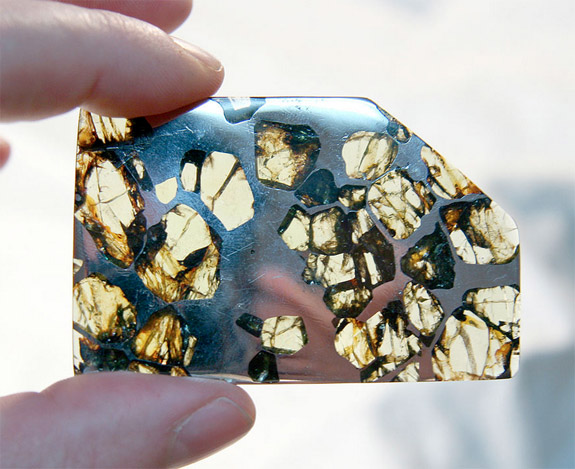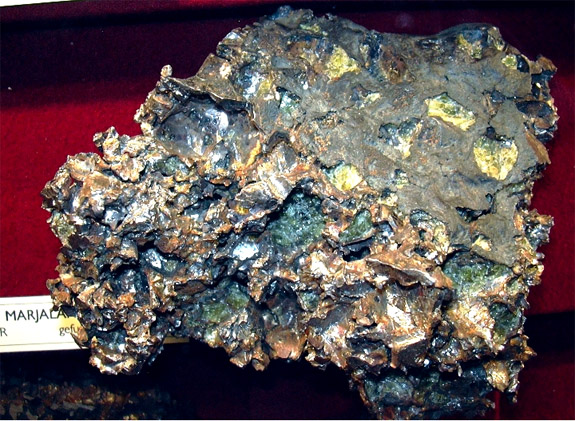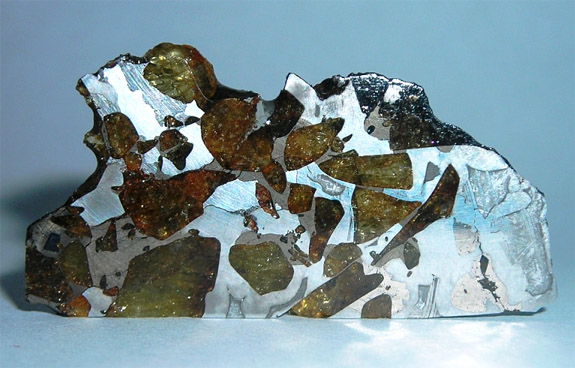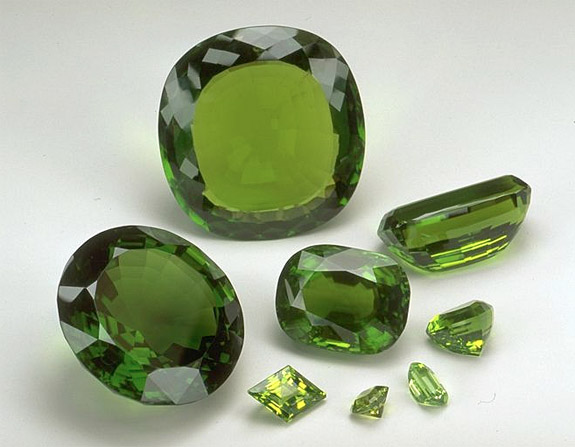Blog Archive
-
2015
(146)
- October(2)
- September(14)
-
August(13)
- Dancing With the Stars' Julianne Hough Reveals Imp...
- Music Friday: Paul Simon Reveals Meaning of 'Silve...
- Sarmatian Female Warrior of the First Century Had ...
- Lucara Offers First Glimpse of Its Spectacular 336...
- Elvis Presley's Passion for Fine Jewelry Elevates ...
- 2,000 Tiny Gold Spirals Dating Back 2,900 Years Ba...
- British Lawmaker Says It's Time for the Legendary ...
- Music Friday: Your Soul Shines Bright Like Diamond...
- NBC Viewers Weigh in on Twittersphere's Earring-Ba...
- August Newsletter
- Report: Beyoncé's Next Video Will Feature the Diva...
- Ancient Egyptians Weren't Far Off When They Anoint...
- Florida Family Finds $1M in Gold Coins and Chain f...
- July(19)
- June(12)
- May(23)
- April(22)
- March(19)
- February(18)
- January(4)
About Me
- Unknown
Powered by Blogger.
Blog Archive
-
▼
2015
(146)
-
▼
August
(13)
- Dancing With the Stars' Julianne Hough Reveals Imp...
- Music Friday: Paul Simon Reveals Meaning of 'Silve...
- Sarmatian Female Warrior of the First Century Had ...
- Lucara Offers First Glimpse of Its Spectacular 336...
- Elvis Presley's Passion for Fine Jewelry Elevates ...
- 2,000 Tiny Gold Spirals Dating Back 2,900 Years Ba...
- British Lawmaker Says It's Time for the Legendary ...
- Music Friday: Your Soul Shines Bright Like Diamond...
- NBC Viewers Weigh in on Twittersphere's Earring-Ba...
- August Newsletter
- Report: Beyoncé's Next Video Will Feature the Diva...
- Ancient Egyptians Weren't Far Off When They Anoint...
- Florida Family Finds $1M in Gold Coins and Chain f...
-
▼
August
(13)
Tuesday, 4 August 2015
 Ancient Egyptians Weren't Far Off When They Anointed Peridot the 'Gem of the Sun'
Ancient Egyptians Weren't Far Off When They Anointed Peridot the 'Gem of the Sun'
AUGUST 4TH, 2015
The Ancient Egyptians mined peridot on the Red Sea island of Zabargad and anointed the vibrant green stone as the "gem of the sun." Thousands of years later, modern scientists have proven that August's official birthstone is truly extraterrestrial, as it has been found embedded within meteorites and scattered across the surface of Mars.

While nearly all of the peridot that you see in your jeweler's showcase was born deep within the Earth's mantel, some very special specimens originated in deep space.
Did you know that translucent gem-quality peridot is a prominent part of a stony-iron meteorite called a pallasite? The formation contains large gem crystals in a silvery honeycomb of nickel-iron.
A beautiful example of this phenomenon is seen in the Esquel meteorite that was presumed to be formed from an ancient planetoid that blasted apart eons ago.

A second example is the Marjalahti, a 99-pound meteorite that crashed into Karelia, Russia, in 1902. The territory at the time was controlled by Finland, so the specimen resides at the Geological Museum of the University of Helsinki.

Peridot is credited with being the first gem to be discovered on another planet. The Mars landing of 2003 revealed that green peridot crystals — in the form of the gem's less-precious cousin, olivine — cover about 19,000 square miles of the Red Planet's surface. (About three weeks ago, we reported on the presence of fire opal on Mars — a discovery that could point to evidence of life on that planet.)

In addition to being the official birthstone of August, peridot is also the 16th anniversary gemstone. Colors range from pure green to yellowish-green to greenish-yellow, but the finest hue is green without any hint of yellow or brown, according to the Gemological Institute of America.
The world's largest faceted peridot weighs 310 carats and is part of the Smithsonian’s National Gem and Mineral Collection.
Credits: Pallasite by Doug Bowman, via Wikimedia Commons; Marjalahti courtesy of NHM Vienna; Slice of Marjalahti via International Meteorite Collectors Association (IMCA.cc)/Collection of Christian Anger; Peridot grouping by Chip Clark/National Gem and Mineral Collection, Smithsonian.

While nearly all of the peridot that you see in your jeweler's showcase was born deep within the Earth's mantel, some very special specimens originated in deep space.
Did you know that translucent gem-quality peridot is a prominent part of a stony-iron meteorite called a pallasite? The formation contains large gem crystals in a silvery honeycomb of nickel-iron.
A beautiful example of this phenomenon is seen in the Esquel meteorite that was presumed to be formed from an ancient planetoid that blasted apart eons ago.

A second example is the Marjalahti, a 99-pound meteorite that crashed into Karelia, Russia, in 1902. The territory at the time was controlled by Finland, so the specimen resides at the Geological Museum of the University of Helsinki.

Peridot is credited with being the first gem to be discovered on another planet. The Mars landing of 2003 revealed that green peridot crystals — in the form of the gem's less-precious cousin, olivine — cover about 19,000 square miles of the Red Planet's surface. (About three weeks ago, we reported on the presence of fire opal on Mars — a discovery that could point to evidence of life on that planet.)

In addition to being the official birthstone of August, peridot is also the 16th anniversary gemstone. Colors range from pure green to yellowish-green to greenish-yellow, but the finest hue is green without any hint of yellow or brown, according to the Gemological Institute of America.
The world's largest faceted peridot weighs 310 carats and is part of the Smithsonian’s National Gem and Mineral Collection.
Credits: Pallasite by Doug Bowman, via Wikimedia Commons; Marjalahti courtesy of NHM Vienna; Slice of Marjalahti via International Meteorite Collectors Association (IMCA.cc)/Collection of Christian Anger; Peridot grouping by Chip Clark/National Gem and Mineral Collection, Smithsonian.
Subscribe to:
Post Comments (Atom)
0 comments:
Post a Comment